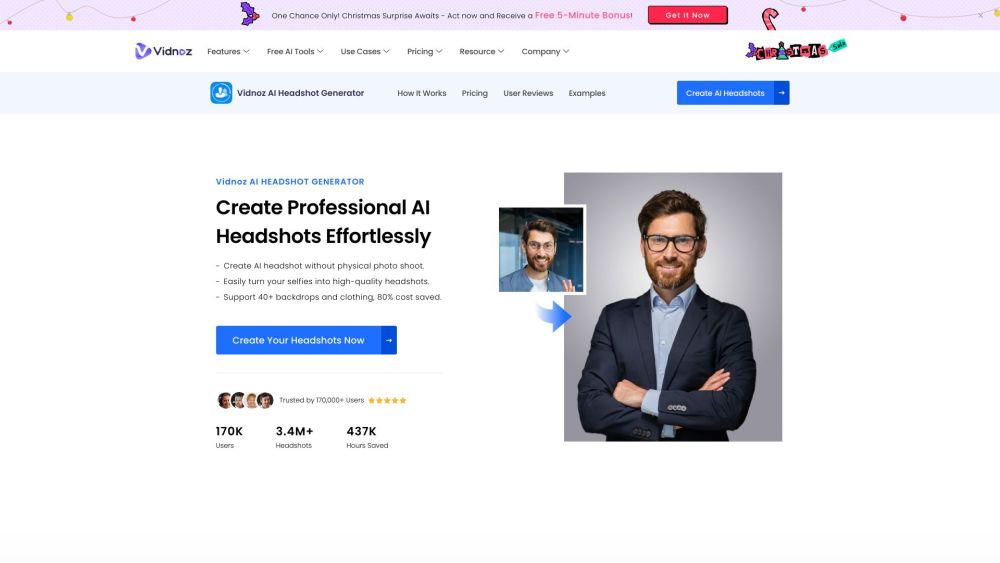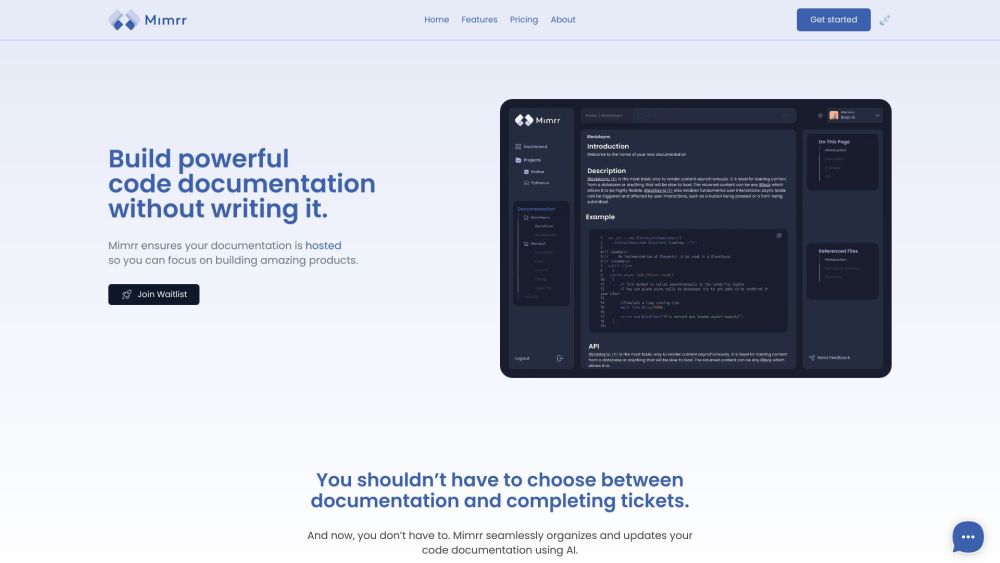Alphabet's Intrinsic has joined forces with Nvidia to harness the power of generative AI in enhancing robotic programming tasks. This exciting collaboration was unveiled at the Automate 2024 trade show, where the integration of Nvidia’s advanced robotics solutions into Intrinsic’s platform showcased a robotic arm trained exclusively on synthetic data. Demonstrating impressive versatility, the robot adeptly handled a variety of grasping tasks, efficiently picking and grouping objects.
Intrinsic's CEO, Wendy Tan White, highlighted the transformative potential of synthetic data in a recent blog post. She emphasized how leveraging data generated from foundation models can streamline future robot deployments, allowing these machines to adapt to diverse tasks while significantly reducing development costs. “Instead of hard-coding specific grippers to grasp specific objects in a certain way,” Tan White explained, “efficient code for a particular gripper and object is auto-generated to complete the task using the foundation model and synthetic training data.”
Deepu Talla, Nvidia’s vice president for robotics and edge computing, reiterated the advantages of the latest AI foundation models, stating, “Companies can program various robot configurations that generalize and interact with different objects in real-world environments.” He added that the deepening collaboration between Intrinsic and Nvidia aims to assist businesses in scaling and automating their industrial manufacturing operations.
Intrinsic, which launched in 2021 as part of Alphabet’s X moonshot program, specializes in developing sophisticated robotics solutions tailored for industrial applications such as manufacturing. The company has previously partnered with Siemens to democratize access to robotics and is actively collaborating with Google DeepMind to create tools that enhance the speed at which robotics programmers input information.
At Automate 2024, Intrinsic and DeepMind unveiled an innovative AI-based robot motion planner, designed for engineers to program multiple robots operating in the same workspace simultaneously. By training their model on synthetic data, the two entities generated optimized motion paths and trajectories, making it easier for robots to plan their movements. This method was exemplified in a project where four robots were tasked with welding a car; the model automatically calculated the motion plans and trajectories for each robot, leading to a performance improvement of 25% compared to traditional programming techniques.
In addition to enhancing motion planning, DeepMind and Intrinsic collaborated to boost robot dexterity. They developed a method to improve a robotic unit's ability to manipulate objects through the integration of Intrinsic’s data and DeepMind’s model knowledge. This approach enables the training of robots using human input via remote devices, effectively translating human skills into robotic actions.
As these innovations continue to evolve, the partnership between Intrinsic and Nvidia stands to revolutionize the landscape of industrial robotics, paving the way for more agile and efficient manufacturing processes.




